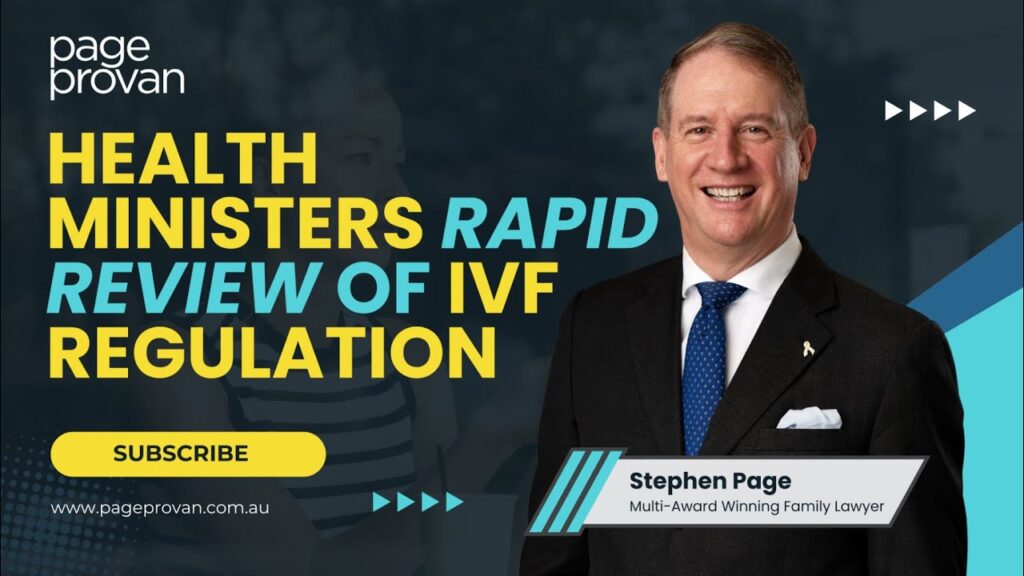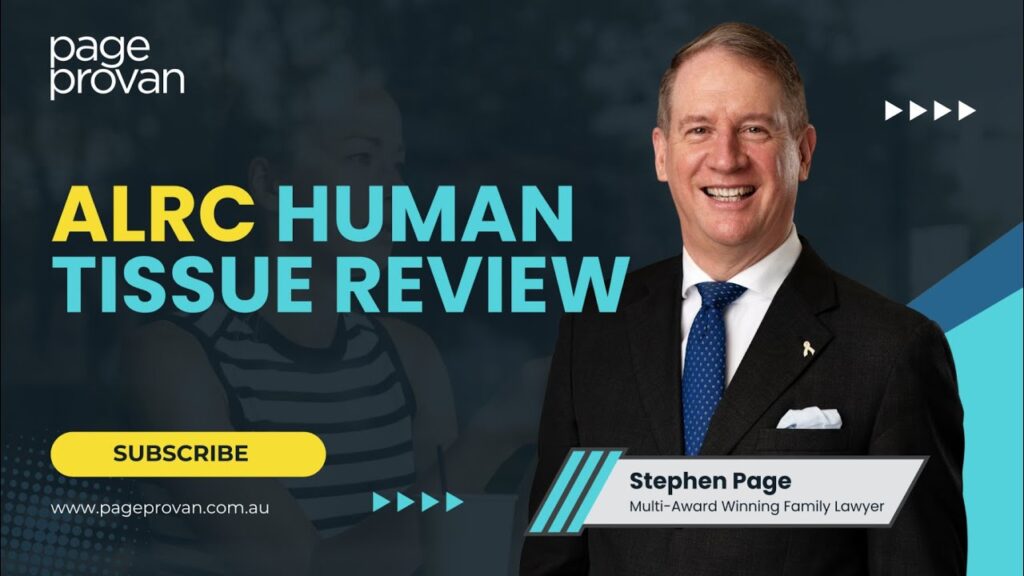Family Court case: show and tell not hide and seek
In the recent Family Court case of Jarrott and Jarrott, there was a clear demonstration of the need for a party to fully disclose their financial circumstances, or as one Federal Magistrate put it so clearly “show and tell” not “hide and seek”.
The husband came to court asking to be relieved of an $11,000 a month burden with home expenses including the mortgage. His cure? Sell, sell, sell- with he to have conduct of the sale. The house was in his name alone. He owed about $1 million on the mortgage, but it was the house the wife lived in. The wife wanted to retain the home as part of any property settlement.
Despite the wife previously asking for a property settlement of $2 million, when the net value of the home was about $350,000, and her being of the view that the husband’s business interests were valueless, she changed her mind and said that she really did not know what the husband’s business interests were worth, and until he had fully disclosed, she should not be compelled to move out of the home.
The court agreed. Justice Cohen stated:
The wife submits that now, as her knowledge of the financial situation has
evolved, it is quite possible that the husband’s business is worth much more
than she then thought and as he has failed to call evidence, even from his
accountant who has a financial interest in the business, which might provide a
realistic basis for assessing the value of the business and as the husband has
the onus of satisfying the Court that it is reasonably necessary to sell the
home, he has not established his case for financial distress or for sale. She
says that the information which is now available and has come to her only
recently justifies a consideration that the value of the business is such that
it is a reasonable possibility that she might receive the former matrimonial
home unencumbered under s
79 of the Family Law
Act….
There is a fault in the wife’s claim that she wanted to keep the
home and was only constrained to ask for a cash settlement because the husband
and/or his business could not raise the cash to provide her with a clear title.
To do so would cost about $1.103 million at present. This is the cumulative
value of the husband’s bank debts secured over the home. One can assume that
earlier this year the situation was little different. Yet the wife asked for $2
million in cash when she says she believed the business was worthless. If she
wished to keep the home yet get $2 million in all, she would need to have asked
for it to be transferred to her clear of encumbrances, which would make up $1.4
million, and the balance of $600,000.00 in cash. In any event, the husband would
have to raise the same amount, that is, the money to pay out the $1.103 million
overdraft, plus $600,000.00. It is not as though she could have believed the
home was worth much more than $1.4 million because the economic situation since
the property was purchased had already worsened.
The husband’s case is quite
simple. He says his income of $12,000.00 after tax per month is not enough to
meet his expenses, which are about $17,230.00 per month, not including tax, and
that he no longer can look to his business to make up the shortfall. He asserts
that, as the outgoings on the former matrimonial home are about $11,000.00 per
month including mortgage payments, the sale of the home will overcome his
financial difficulties in this respect. As he will not be able to continue the
home mortgage payments of about $9,400.00 per month if the home is not sold,
there will have to be a sale anyway and a mortgagee’s sale is to be
avoided….
He appears to have attempted to place an onus on the wife to show
he can afford to keep the former matrimonial home rather than make an attempt to
show by sufficient evidence of his own that, in his overall situation, he cannot
afford to do so. He relies only on his income and outgoings to prove his case in
circumstances where his income may well be arbitrarily set with his other
entities retaining an overall net profit and/or making an overall capital
accumulation.
He suggests the wife and the Court should know his financial
circumstances because, on 9 February 2009, his solicitor sent to the wife what
was referred to as a “background summary of the various interconnected
entities”. The solicitor also said that his firm also holds “financial records
as set out in the enclosed index”. These records relate to the background
summary and list seven entities of the nine referred to in the index and purport
to state the main assets and 2008 balance sheet asset values and 2008 pre-tax
trading profit. Nowhere for any of these entities is any goodwill value
acknowledged. There is no information about two of the entities.
Of course,
one would expect businesses which make a profit to have valuable goodwill or a
sale value. Overall, it is likely that the total value of the business interests
of the husband based upon an overall profitability of his share of about
$300,000.00 per annum before tax is significant. The stock, fixtures and
fittings in the businesses, not including land, are also of significant value.
The husband’s interest in these is about $499,406.00. None of these figures
include what seems, from the evidence that the wife has put before the Court, to
be the potential for capital gain or profit by sale of the franchises….
In the circumstances, especially the advertisements for the sale of
franchises, his failure to provide any realistic and complete evidence about the
current situation is a deficit which leaves the Court quite dissatisfied with
the extent of his disclosure about the need to sell the former matrimonial home.
This is particularly so because the figures provided do not include any profit
or asset value of two companies which appear on the face of the Background
Summary to be at the heart of the proposed franchises. One holds the
intellectual property to the manuals and agreements which ultimately would be
used for the franchise arrangements, the other holds the trade marks and
registered names which would, it seems to me, be used to the same end. Franchise
sales, proposed sales and expected forecasted sales would be bound to give these
assets a value. It is significant that in the Background Summary these are not
said to have no value, they are said to have “no assigned value”….In all the circumstances, I am not satisfied that the husband has
established the hardship he claims or the need to sell the former matrimonial
home. I am not satisfied that the bank which holds the home as security will
force a sale. In that event, it is irrelevant that the wife may be asking for
less than she previously sought despite her claims to believe the husband’s
worth is greater than she previously believed.
The material supplied to the
wife is quite insufficient to allow her to really appreciate the husband’s
financial circumstances and she is entitled to keep her options about the
property she seeks open until she has a better idea of his position. To do that,
the former matrimonial home needs to be maintained. As no pressing need to sell
it has been established, the home should be kept and I should refuse the
husband’s application for sale of the home…












